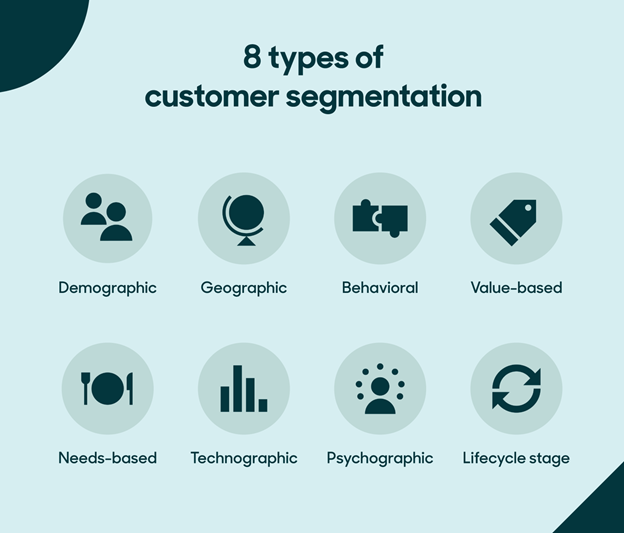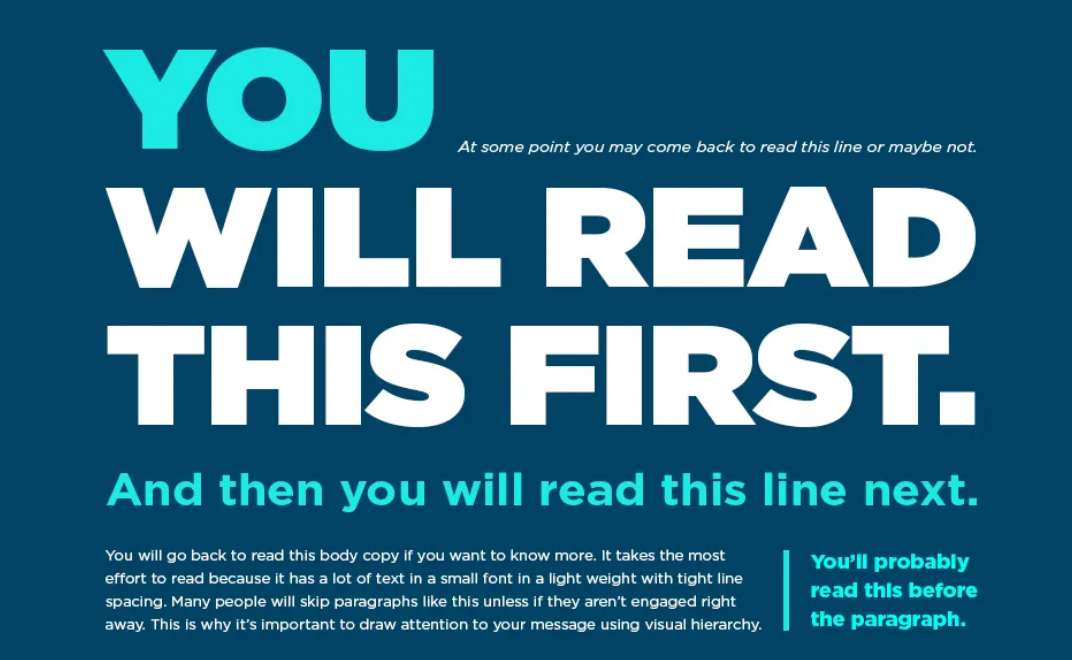Your website could be your business’s biggest asset. With over 60% of interactions between customers and brands occurring digitally, this is a space to generate leads, engage your audience, and convert users into customers – but only if your user experience (UX) is up to scratch.
This is where intent mapping makes its grand entrance.
A pillar of every customer-focused website, intent mapping helps align your design and content strategies with real user goals unique to your audience.
From solving problems to crafting engaging experiences, discover how intent mapping can transform your digital strategy in this guide.
What is Intent Mapping?
Intent mapping is a crucial part of boosting UX. It involves identifying and visualizing user goals, or user intent, to make informed decisions specifically focused on meeting the needs of your target audience.
You can use intent mapping to predict user behavior, such as the actions they’re likely to take after reaching your landing page, or which features they’re likely to interact with while on your website.
By understanding these patterns, your designers and marketers can then align content, layout, and functionality to work with your user behavior, rather than against it. This is the foundation of positive UX.
So, how does this differ from standard UX mapping methods?
While traditional UX focuses on user flow and the ease with which they can complete tasks, intent mapping digs deeper into the ‘why’ behind user actions. What’s driving them to take their next step?
Not only does this provide deeper insights into the motivations of your users (which is vital for meeting needs), but it also outlines their expectations.
The Benefits of Intent Mapping for Improved UX
Intent mapping isn’t always an easy process, but it can have a huge payoff for your website functionality and overall conversions.
You can use it to create user journey maps, for instance, that reflect actual user objectives and the paths they take to meet their goals.
With this knowledge, you can develop more intuitive designs that follow natural user behavior, reflecting and meeting expectations.
This also influences how well your content (like blogs) meets the needs of your audience. Content marketing agencies, for example, use intent mapping to identify key user queries and deliver solutions in customer-focused formats.
“Intent mapping goes far beyond surface level user behavior. It’s about decoding the deeper motivations and expectations that drive engagement on your website,” says Maxine Bremner, Head of Content at Hive19. “We’ve seen how this approach can dramatically improve not only UX, but also content relevance, organic search performance, and conversion rates.. When you align your UX with true user intent, you stop all the guesswork and start creating user journeys that are helpful, frictionless, and actually convert.”
Other benefits of intent mapping include:
- Minimising friction and pain points to reduce user frustration.
- Reducing bounce rate (the number of people who leave your website after only visiting one page) while increasing engagement and satisfaction.
- Improving the relevance and usability of your website by aligning with customer needs which could lead to a boost in conversions.
- Reducing your reliance on guesswork, with targeted research and data making it easier to build a website that’s geared to both your and your users’ goals.
- Simplifying communication between your internal teams (including designers, developers, and stakeholders) and keeping everyone aligned on the same customer-centric focus, while highlighting your commitment to UX.
Steps to Create an Intent Map for UX
Intent mapping helps bridge the gap between user aims and business goals, ensuring that your decisions are rooted in data.
To create your intent map for UX, we’ve put together the 5 steps you need to know.
1. Start With Research
By carrying out target market research, you can understand more about the aims of your specific users. This might include:
- The tasks they’re trying to accomplish.
- The problems they want to solve.
- Where are they in their buyer journey (are they comparing brands or ready to buy?).
- What they consider a successful website.
Good research starts with planning. Define what you want to learn and how you’ll gather information. Speak directly to your audience via customer interviews, surveys, and polls, asking specific or open-ended questions based on your research aims.
As you learn more, begin to develop clear user personas, outlining the needs and preferences of different segments of your audience.
2. Data Analysis and Insights
Data can come from your research, as well as processes like heat mapping and A/B testing.
- Heat mapping refers to tracking user behavior when on your website, with warmer colors (like red) highlighting points of high engagement. Use heat mapping to track where your users click, scroll, hover, or pause their activity.
- A/B testing involves creating two versions of the same web page or feature, and comparing how users interact with each to determine which performs better.
Version A is typically the current version (the control), while Version B includes a change you want to test, such as a different headline, button color, or call-to-action (CTA) wording.
Collect and monitor your data constantly, using the insights and outcomes to create your intent map for better UX.
3. Turning Insights into Maps
Visualize what you’ve learnt from research and data with maps. These link user intent and journeys to your website strategy, helping you map out how different goals lead to different actions and touchpoints.
For example, after unmoderated usability testing, you might discover that users looking for quick answers skim your homepage, ignore features (like videos), and head straight to either your FAQs or search bar.
Turn this data into an intent map that shows the goal – find quick answers – and outlines the paths users take to achieve it.
Don’t forget to highlight areas of friction. This might include difficulty finding your FAQ page or filtering through your search results.
Related read: 5 steps to create a UX scorecard
4. Implement Changes
Based on your intent mapping, you can begin implementing changes to enhance your UX.
Use the A/B testing we mentioned earlier to identify versions that see the best results, and validate your work with user testing.
Looking to implement changes in stages for speedy improvements? Test small tasks with real users to learn how successfully your intent mapping is guiding your UX.
5. Keep Collecting Feedback
Intent mapping isn’t a strategy that stays stagnant.
Customer goals can change and you need to be ready to react, which is why we recommend establishing a feedback loop. It’s important to consistently:
- Survey your users.
- Poll new customers.
- Collect data to refine existing intent maps over time.
This is also essential if you want to keep up with changing business goals. When your focus shifts to increasing sales or boosting order value, your intent maps will shift to reflect your new key performance indicators (KPIs) and aims.
Future of Intent Mapping and AI
Artificial intelligence (AI) is no longer the new kid on the block. Now established as a key technology in marketing, it’s no surprise that it’s changing the way developers and marketers carry out intent mapping.
For instance, AI is turning intent mapping from a reactive process to a predictive strategy. Rather than waiting to collect customer feedback, you can use historical data and behavioral trends to forecast likely paths and pain points.
You’re still using data to inform your UX design decisions, but without having to wait.
This is especially important when launching new products or creating SEO landing pages. While you won’t have specific data to conduct intent mapping, AI tools will adjust your existing research to suit your future plans.
Interested in how else AI could affect the future of intent mapping? Let’s take a look:
- AI could help you identify user intent quickly and with more accuracy, using clever tools to analyze countless data sets in minutes or seconds!
- Advanced intent analysis and predictive modeling are paving the way for personalized UX adaptations based on real-time data.
- AI is streamlining the manual, repetitive tasks involved in user research, such as summarizing usability tests and conducting sentiment analysis on open-ended feedback to quickly understand the meaning of customer responses. It can also group user intents based on similarity.
Integrating with AI-driven intent mapping can speed up your process, leading to quicker UX optimization that’s based on real data sets and prioritizes personalization.
Key Takeaways
Embracing intent mapping empowers UX professionals – from marketers to developers – to create user-focused designs that meet customer goals and expectations. Its growing importance lies in the personalization of experiences through advanced analysis of intent.
By grounding design decisions in real user behavior and needs, teams can build intuitive, meaningful experiences that drive engagement for lasting impact.
![]() Give feedback about this article
Give feedback about this article
Were sorry to hear about that, give us a chance to improve.
Error: Contact form not found.




